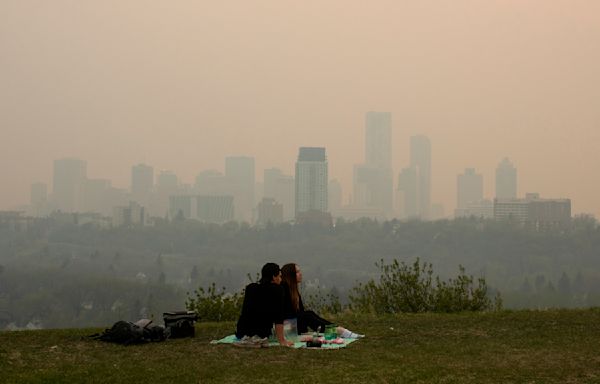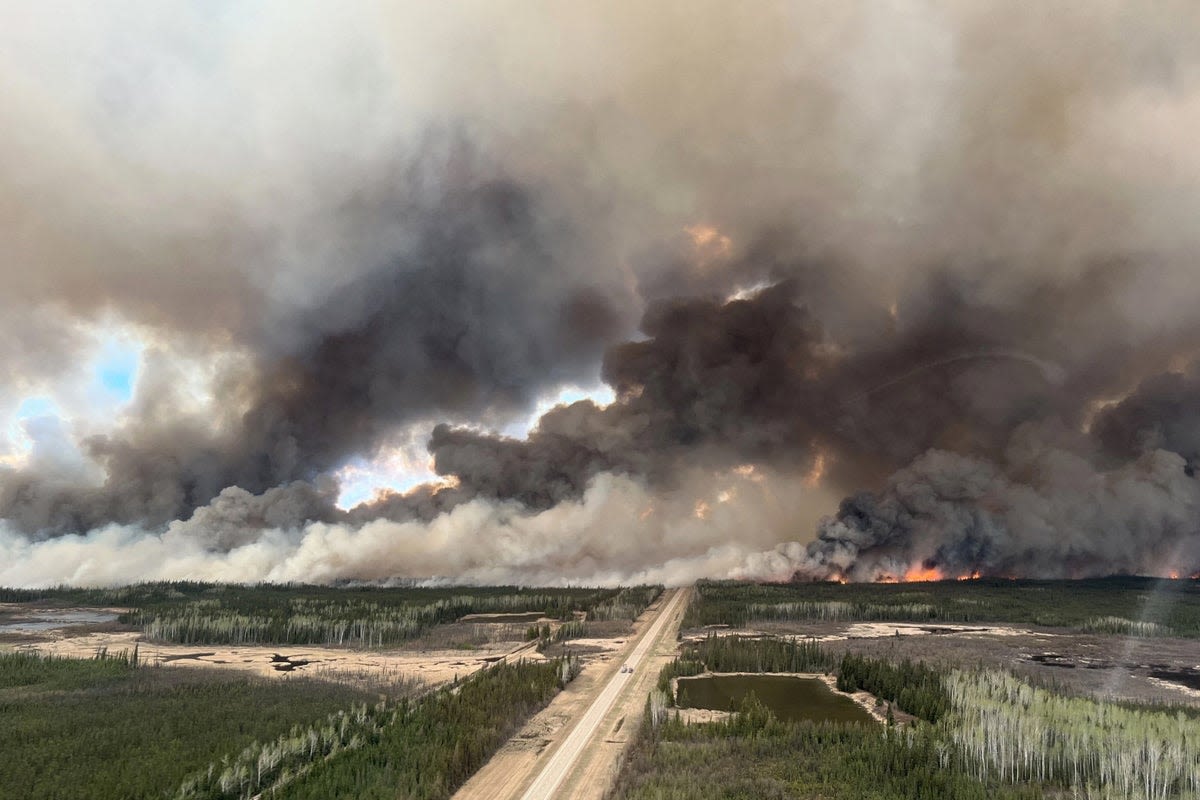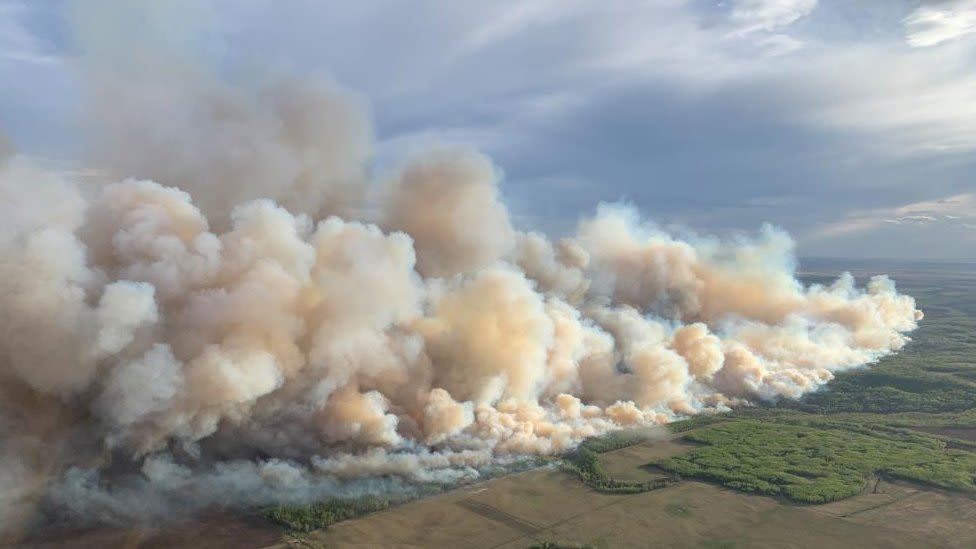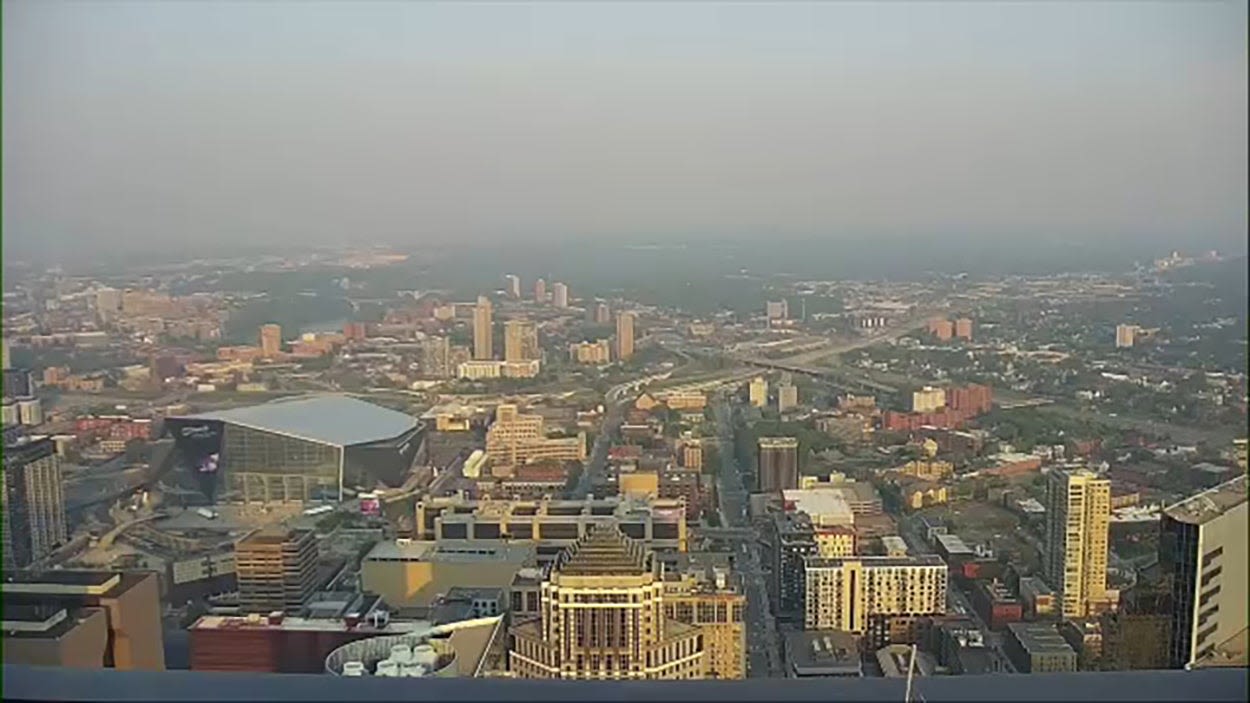Search results
News about British Columbia, wildfire, Canadian authorities
News about Canada, evacuation, wildfires
News about British Columbia, Canadian wildfires, smoke
News about Western Canada, wildfire, evacuation alerts
› Country Location › Continent
It is the only province in Canada that borders the Pacific Ocean. British Columbia's capital is Victoria, located at the southeastern tip of Vancouver Island. Only a narrow strip of Vancouver Island, from Campbell River to Victoria, is significantly populated.
- Overview
- Relief
- Drainage
- Soils
British Columbia, westernmost of Canada’s 10 provinces. It is bounded to the north by Yukon and the Northwest Territories, to the east by the province of Alberta, to the south by the U.S. states of Montana, Idaho, and Washington, and to the west by the Pacific Ocean and the southern panhandle region of the U.S. state of Alaska. It stretches some 730 miles (1,180 km) from north to south and 640 miles (1,030 km) from east to west at its widest point. The land has a diversity of climate and scenery unparalleled in Canada, from the island-studded and fjord-indented coast to the great peaks of the western continental cordilleras, with their large interior plateaus.
One of the last regions of the North American continent to be explored and settled, British Columbia emerged in the second half of the 20th century as one of the leading provinces of Canada in population, economic wealth, and overall growth. Its main cities include Vancouver, one of the largest ports of Canada and of western North America, and Victoria, the provincial capital, located on the southeastern tip of Vancouver Island. Area 364,764 square miles (944,735 square km). Pop. (2021) 5,000,879.
The vast territory of British Columbia lies almost entirely within the great mountain system, or cordillera, that stretches along the western edge of the Americas from north of the Arctic Circle to Cape Horn, at the southernmost extremity of South America. These mountains divide the province in ranges aligned in a northwest-southeast direction, cre...
The province contains three main river systems: the Peace in the north; the Fraser, which drains nearly all of the interior plateau; and the Columbia in the southeastern and south-central regions. Lesser rivers, such as the Skeena, Nass, Iskut, and Stikine, drain the northwestern region into the Pacific, while the Liard system drains the northeastern section into the Arctic Ocean.
The Fraser, the only major river that lies entirely within the province, rises in the Rockies near the Yellowhead Pass, flows north and then southwestward to Prince George, where it turns almost due south for 300 miles (480 km), flowing to Hope, and then westward through the lush farmlands to the sea south of Vancouver. The Columbia follows the Rocky Mountain Trench northward, bends around the northern end of the Selkirk Mountains, and turns south to flow into the Arrow Lakes and then into the U.S. states of Washington and Oregon. The Peace also becomes a formidable stream within the Rocky Mountain Trench, but it cuts eastward through the Rockies and into the plains area of Alberta.
Most of the thousands of lakes are small, but they are important for the water they store in an age when hydroelectric power has become a prized resource. The larger lakes are made long and narrow by the north-south mountain ranges that confine them in the deep and narrow valleys in all parts of the province. Atlin and Teslin in the northwest extend into Yukon. Babine, Stuart, Shuswap, Quesnel, and François, which range from 90 to 200 square miles (230 to 520 square km) in area, are important salmon-spawning lakes. The Arrow and Kootenay lakes are important as storage reservoirs for hydroelectric plants.
Are you a student? Get Britannica Premium for only 24.95 - a 67% discount!
About two-thirds of the land area is forested, while only a small portion has soil suitable for agriculture. The most valuable soils of British Columbia are the alluvial soils that developed on sand and silt deposited by streams and rivers. These extremely fertile soils, located mainly in the lower Fraser valley, are of limited extent. Distinctive ...
British Columbia is the westernmost province of Canada, bordered by the Pacific Ocean. With an area of 944,735 km 2 (364,764 sq mi) it is Canada's third-largest province. The province is almost four times the size of the United Kingdom and larger than every United States state except Alaska.
May 25, 2020 · A slightly broader region, sometimes called the Georgia Strait region, includes Victoria and the southeast coast of Vancouver Island. The vast interior of British Columbia is dominated by parallel mountain ranges. Its population spreads north–south along valleys, notably the Okanagan and the Kootenay. Population centres are dispersed.




